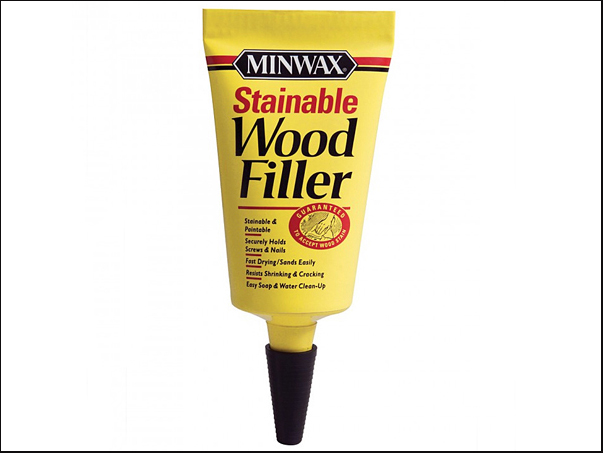
Can you address the problem of repairing wood with filler and getting it to take stain to match the existing surface? In the past I read about adding stain pigment to the wood filler – although I have never had success with this, as most fillers fall apart with oil-based stains. How do you fill scratches and wood damages and then apply stain to make your project look like new? – Dan Seidler
Tim Inman: Your best bet is to learn to color the filler prior to application. If your filler is water-based, get some acrylic tube colors at an art supply store and try them. They are rich, deep-pigmented color sources, and their carrier will almost certainly be compatible with your filler product. Next step: learn the art of touchup or spot finishing.
Chris Marshall: Dan, it’s great to have repair goals … but be sure to stay realistic. Unless you’re a furniture conservator like Tim Inman, our chances of making “like-new” repairs with wood filler and pigment are a long shot. It takes years and years of practice and experimentation with fillers, paints, stains, glazes, burn-in sticks and the like to apply them like a pro. Even then, I will guess, folks like Tim continue to be surprised and challenged by the complexity of certain repairs they have to make. If this isn’t an heirloom object you want to repair, is there a chance you could strip, sand and refinish the whole piece instead of trying to blend in a scratch perfectly? You might, in the long run, have better results removing the damage altogether and starting over with a uniform new finish. Or, take that special piece of furniture to a conservator instead and let an expert fix its existing finish. It will cost you some money, but you’ll be paying for qualified refinishing experience.





